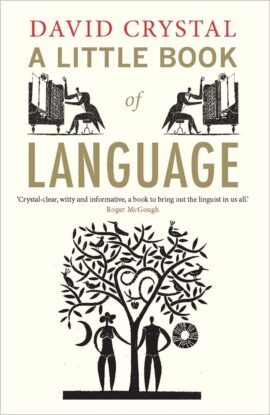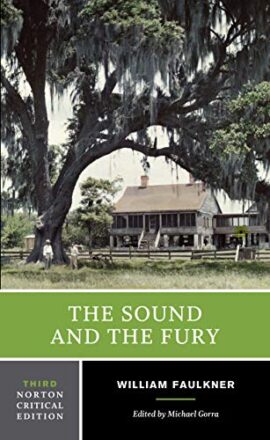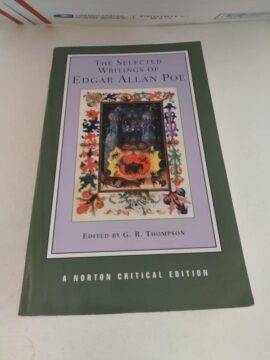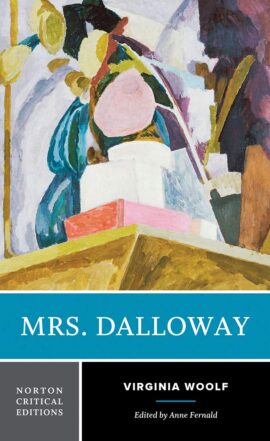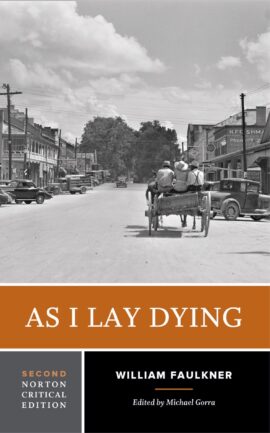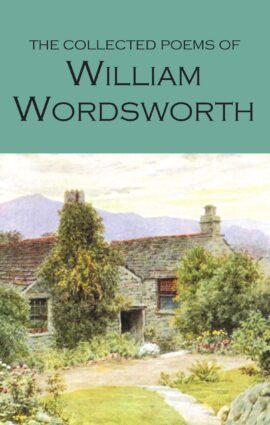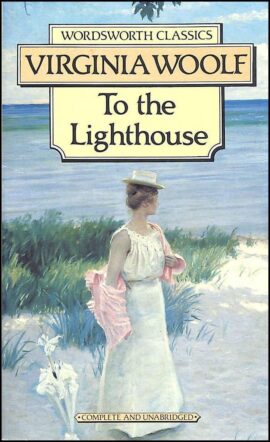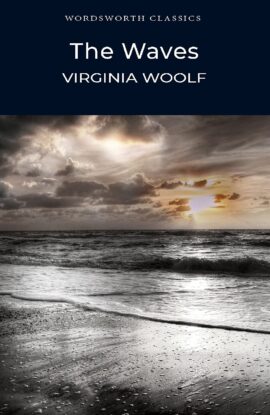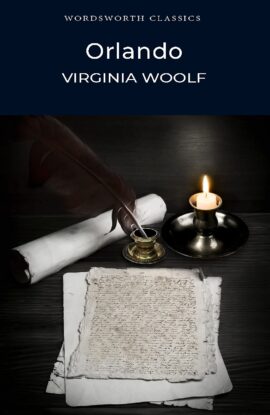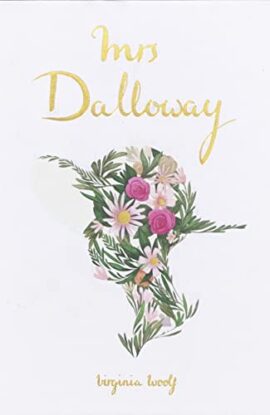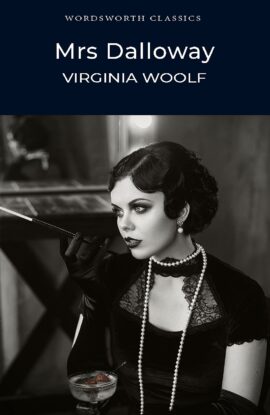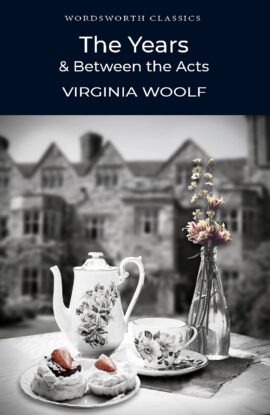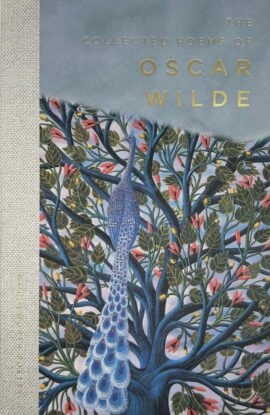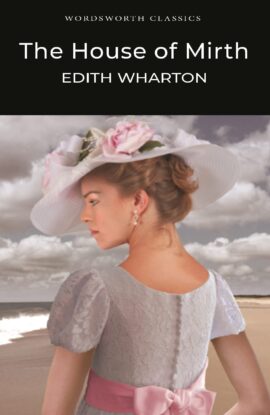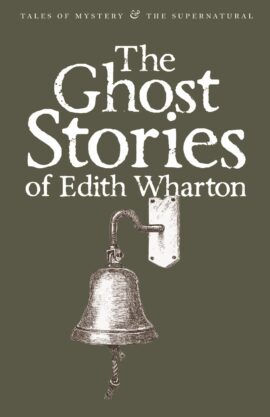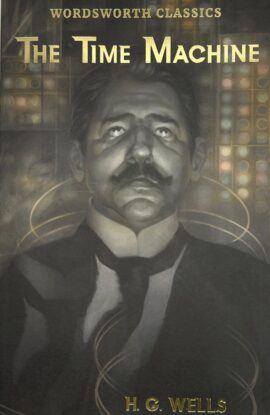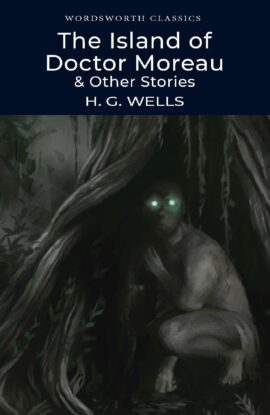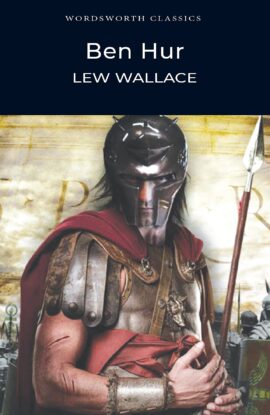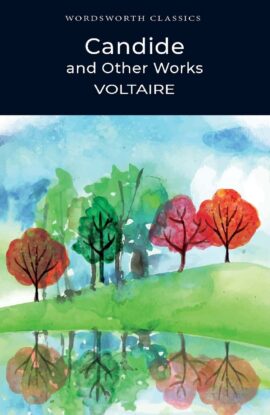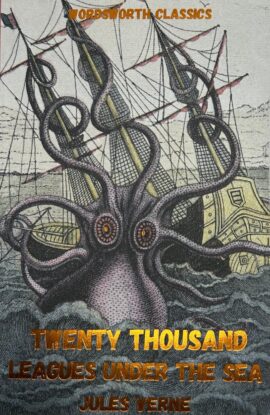Affichage de 251–275 sur 1220 résultatsTrié par popularité
A Little Book of Language (Little Histories)
Now in paperback, in the tradition of E. H. Gombrich's A Little History of the World, a lively journey through the story of languageWith a language disappearing every two weeks and neologisms springing up almost daily, an understanding of the origins and currency of language has never seemed more relevant. In this charming volume, a narrative history written explicitly for a young audience, expert linguist David Crystal proves why the story of language deserves retelling.From the first words of an infant to the peculiar modern dialect of text messaging, A Little Book of Language ranges widely, revealing language’s myriad intricacies and quirks. In animated fashion, Crystal sheds light on the development of unique linguistic styles, the origins of obscure accents, and the search for the first written word. He discusses the plight of endangered languages, as well as successful cases of linguistic revitalization. Much more than a history, Crystal’s work looks forward to the future of language, exploring the effect of technology on our day-to-day reading, writing, and speech. Through enlightening tables, diagrams, and quizzes, as well as Crystal’s avuncular and entertaining style, A Little Book of Language will reveal the story of language to be a captivating tale for all ages.
The Sound and the Fury: A Norton Critical Edition (Norton Critical Editions)
“A man is the sum of his misfortunes.”―William Faulkner, The Sound and the Fury William Faulkner’s provocative and enigmatic 1929 novel, The Sound and the Fury, is widely acknowledged as one of the most important English-language novels of the twentieth century. This revised and expanded Norton Critical Edition builds on the strengths of its predecessors while focusing new attention on both the novel’s contemporary reception and its rich cultural and historical contexts. The text for the Third Edition is again that of the corrected text scrupulously prepared by Noel Polk, whose textual note precedes the novel. David Minter’s annotations, designed to assist readers with obscure words and allusions, have been retained.“Contemporary Reception,” new to the Third Edition, considers the broad range of reactions to Faulkner’s extraordinary novel on publication. Michael Gorra’s headnote sets the stage for assessments by Evelyn Scott, Henry Nash Smith, Clifton P. Fadiman, Dudley Fitts, Richard Hughes, and Edward Crickmay. New materials by Faulkner (“The Writer and His Work”) include letters to Malcolm Cowley about The Portable Faulkner and Faulkner’s Nobel Prize for Literature address. “Cultural and Historical Contexts” begins with Michael Gorra’s insightful headnote, which is followed by seven seminal considerations―five of them new to the Third Edition―of southern history, literature, and memory. Together, these works―by C. Vann Woodward, Richard H. King, Richard Gray, William Alexander Percy, Lillian Smith, William James, and Henri Bergson―provide readers with important contexts for understanding the novel.“Criticism” represents eighty-five years of scholarly engagement with The Sound and the Fury. New to the Third Edition are essays by Eric Sundquist, Noel Polk, Doreen Fowler, Richard Godden, Stacy Burton, and Maria Truchan-Tataryn.A Chronology of Faulkner’s life and work is newly included along with an updated Selected Bibliography.
the-selected-writings-of-edgar-allan-poe
Edgar Allan Poe’s works, with their gothic and often obsessive themes, have had a significant influence on American literature. In this Norton Critical Edition, G. R. Thompson has fully introduced, annotated, and edited each text.“Backgrounds and Contexts” includes fifty-seven carefully chosen documents that illuminate Poe’s prolific but short career, among them reviews, prefaces, and correspondence by Poe as well as thematic pieces dealing with Transcendentalism and alternative romanticism, sciences of the mind, sensation fiction, and the South and slavery.Fourteen judiciously selected critical essays address Poe’s poetry, fiction, politics, and psychology. Contributors include Floyd Stovall, Robert C. McLean, Richard Wilbur, James W. Gargano, Joseph J. Moldenhauer, Paul John Eakin, Grace Farrell, Liahna Klenman Babener, Barton Levi St. Armand, Joseph N. Riddel, J. Gerald Kennedy, John Carlos Rowe, Terence Whalen, and John T. Irwin.A Selected Bibliography is also included.
The Art of Strategy: A Game Theorist’s Guide to Success in Business and Life
“I am hard pressed to think of another book that can match the combination of practical insights and reading enjoyment.”―Steven Levitt Game theory means rigorous strategic thinking. It’s the art of anticipating your opponent’s next moves, knowing full well that your rival is trying to do the same thing to you. Though parts of game theory involve simple common sense, much is counterintuitive, and it can only be mastered by developing a new way of seeing the world. Using a diverse array of rich case studies―from pop culture, TV, movies, sports, politics, and history―the authors show how nearly every business and personal interaction has a game-theory component to it. Mastering game theory will make you more successful in business and life, and this lively book is the key to that mastery.
Mrs. Dalloway: A Norton Critical Edition (Norton Critical Editions)
“Illuminating and original combination of biographical, historical, literary, and critical sources for Mrs. Dalloway by the leading Woolf scholar who edited the annotated edition of the novel. Diary and letter selections provide fresh contexts. Superb resource for teachers and students!”―Susan Stanford Friedman, University of Wisconsin, MadisonThis Norton Critical Edition includes: The 1925 first American edition text, introduced and annotated by Anne Fernald. A map of Mrs. Dalloway’s London. An unusually rich selection of contextual materials, including diary entries and letters related to the composition of the novel, essays, short stories, and biographical excerpts, and the only introduction that Virginia Woolf wrote to any of her novels. The voices of other writers are also included, allowing readers to consider the literary passages that influenced Woolf’s art and historical moment. Eight reviews of Mrs. Dalloway, from publication to the present day. A chronology and a selected bibliography.About the SeriesRead by more than 12 million students over fifty-five years, Norton Critical Editions set the standard for apparatus that is right for undergraduate readers. The three-part format―annotated text, contexts, and criticism―helps students to better understand, analyze, and appreciate the literature, while opening a wide range of teaching possibilities for instructors. Whether in print or in digital format, Norton Critical Editions provide all the resources students need.
Death by Black Hole: And Other Cosmic Quandaries
"[Tyson] tackles a great range of …with great humor, humility, and―most important―humanity." ―Entertainment WeeklyLoyal readers of the monthly "Universe" essays in Natural History magazine have long recognized Neil deGrasse Tyson's talent for guiding them through the mysteries of the cosmos with clarity and enthusiasm. Bringing together more than forty of Tyson's favorite essays, Death by Black Hole explores a myriad of cosmic topics, from what it would be like to be inside a black hole to the movie industry's feeble efforts to get its night skies right. One of America's best-known astrophysicists, Tyson is a natural teacher who simplifies the complexities of astrophysics while sharing his infectious fascination for our universe.
As I Lay Dying: A Norton Critical Edition (Norton Critical Editions)
“Michael Gorra approaches his second edition of As I Lay Dying with the scholarly care, attention, and intellectual suppleness typical of all his work. Not only does his introduction sparkle―navigating us with ease and fluency through the history and significance of a novel that precisely because of what Gorra rightly calls its formal “perfect[ion]” is often admired less than Faulkner’s other, more “monumental” and “difficult” texts. But Gorra’s choice of supplementary materials also reflects his commitment to presenting his readers with a full and unflinching view of Faulkner as an American writer with an increasingly contentious position within the very canon he helped to shape.” ―Pardis Dabashi, Bryn Mawr College“Place and time play a significant role in the literature of the American South, yet this Critical Edition of As I Lay Dying offers a way of engaging with the work of William Faulkner beyond the traditional boundaries of Southern literature. The accessible readings and criticism that are part of this book allow readers to recognize the ways As I Lay Dying―and all of Faulkner’s literary work―captured an idea of the American South while at the same time uncovering something universal and profound about the human condition.” ―W. Ralph Eubanks, University of MississippiThis Norton Critical Edition is based on the 1985 corrected text and is accompanied by newly updated and expanded explanatory annotations and an introduction by Michael Gorra.“Backgrounds and Contexts” is divided into three sections, each of which includes a concise introduction by Michael Gorra that carefully frames the issues presented, with particular attention to As I Lay Dying’s place in Faulkner’s literary life. “Contemporary Reception” includes a selection of seven reviews, including those by Julia K. W. Baker, Henry Nash Smith, and Valery Larbaud. “The Writer and His Work” examines Faulkner’s own claims regarding the composition of the novel and his changing opinions over time, sample pages from the manuscript, his Nobel Prize address, and additional writings by Faulkner on Yoknapatawpha County. “Cultural Context” reprints seven essays and advertisements―three selections new to the Second Edition―along with other materials that address questions of Southern motherhood, Agrarianism, and the Southern grotesque.“Criticism” begins with the editor’s introduction to As I Lay Dying’s critical history and scholarly reception. Eleven critical essays are included―five new to the Second Edition―by Olga W. Vickery, Cleanth Brooks, Eric Sundquist, Doreen Fowler, Dorothy J. Hale, Patrick O’Donnell, John T. Matthews, John Limon, Richard Godden, Susan Scott Parrish, and Erin E. Edwards.A chronology and a selected bibliography are also included.
THE WORKS OF WILLIAM WORDSWORTH
With an Introduction by Antonia Till.William Wordsworth (1771-1850) is the foremost of the English Romantic poets. He was much influenced by the events of the French Revolution in his youth, and he deliberately broke away from the artificial diction of the Augustan and neo-classical tradition of the eighteenth century. He sought to write in the language of ordinary men and women, of ordinary thoughts, sights and sounds, and his early poetry represents this fresh approach to his art.Wordsworth spent most of his adult life in the Lake District with his sister Dorothy and his wife Mary, by whom he had four children. His remarkable autobiographical poem 'The Prelude' was completed in 1805, but was not published until after his death, and it is included in this full edition of Wordsworth's poetry.
To the Lighthouse (Wordsworth Classics)
With an Introduction and Notes by Dr Nicola Bradbury, University of Reading.This simple and haunting story captures the transcience of life and its surrounding emotions.To the Lighthouse is the most autobiographical of Virginia Woolf's novels. It is based on her own early experiences, and while it touches on childhood and children's perceptions and desires, it is at its most trenchant when exploring adult relationships, marriage and the changing class-structure in the period spanning the Great War.
The Waves (Wordsworth Classics)
Introduction and Notes by Deborah Parsons, University of Birmingham.'I am writing to a rhythm and not to a plot', Virginia Woolf stated of her eighth novel, The Waves. Widely regarded as one of her greatest and most original works, it conveys the rhythms of life in synchrony with the cycle of nature and the passage of time. Six children - Bernard, Susan, Rhoda, Neville, Jinny and Louis - meet in a garden close to the sea, their voices sounding over the constant echo of the waves that roll back and forth from the shore.The subsequent continuity of these six main characters, as they develop from childhood to maturity and follow different passions and ambitions, is interspersed with interludes from the timeless and unifying chorus of nature. In pure stream-of-consciousness style, Woolf presents a cross-section of multiple yet parallel lives, each marked by the disintegrating force of a mutual tragedy.The Waves is her searching exploration of individual and collective identity, and the observations and emotions of life, from the simplicity and surging optimism of youth to the vacancy and despair of middle-age.
Orlando (Wordsworth Classics)
With an Introduction and Notes by Merry M. Pawlowski, Professor and Chair, Department of English, California State University, Bakersfield.Virginia Woolf's Orlando 'The longest and most charming love letter in literature', playfully constructs the figure of Orlando as the fictional embodiment of Woolf's close friend and lover, Vita Sackville-West. Spanning three centuries, the novel opens as Orlando, a young nobleman in Elizabeth's England, awaits a visit from the Queen and traces his experience with first love as England under James I lies locked in the embrace of the Great Frost.At the midpoint of the novel, Orlando, now an ambassador in Costantinople, awakes to find that he is a woman, and the novel indulges in farce and irony to consider the roles of women in the 18th and 19th centuries.As the novel ends in 1928, a year consonant with full suffrage for women. Orlando, now a wife and mother, stands poised at the brink of a future that holds new hope and promise for women.
Mrs Dalloway (Wordsworth Collector’s Editions)
Mrs Dalloway by Virginia WoolfVirginia Woolf's singular technique in Mrs Dalloway heralds a break with the traditional novel form and reflects a genuine humanity and a concern with the experiences that both enrich and stultify existence.Society hostess, Clarissa Dalloway is giving a party. Her thoughts and sensations on that one day, and the interior monologues of others whose lives are interwoven with hers gradually reveal the characters of the central protagonists. Clarissa's life is touched by tragedy as the events in her day run parallel to those of Septimus Warren Smith, whose madness escalates as his life draws toward inevitable suicide.
Mrs Dalloway
Virginia Woolf's singular technique in Mrs Dalloway heralds a break with the traditional novel form and reflects a genuine humanity and a concern with the experiences that both enrich and stultify existence. Society hostess, Clarissa Dalloway is giving a party. Her thoughts and sensations on that one day, and the interior monologues of others whose lives are interwoven with hers gradually reveal the characters of the central protagonists. Clarissa's life is touched by tragedy as the events in her day run parallel to those of Septimus Warren Smith, whose madness escalates as his life draws toward inevitable suicide.
The Years / Between the Acts (Wordsworth Classics)
This volume brings together Virginia Woolf's last two novels, The Years (1937) which traces the lives of members of a dispersed middle-class family between 1880 and 1937, and Between the Acts (1941), an account of a village pageant in the summer preceding the Second World War which successfully interweaves comedy, satire and disturbing observation.Rewriting the traditional family saga and the pageant, these unsettling novels provide extraordinary critiques of Englishness and English identity while pursuing compelling existentialist and psychological themes such as the nature of time, memory, personal relationships and sexual desire. Their tightly constructed narratives enable the reader to experience the fragmented lives of their characters and the difficulties that they have in communicating with each other and even understanding themselves. Read together, these novels illuminate each other in ways that will engage both the student and the general reader.
A Room of One’s Own & the Voyage Out (Wordsworth Classics)
A Room of One's Own (1929) has become a classic feminist essay and perhaps Virginia Woolf's best known work: The Voyage Out (1915) is highly significant as her first novel. Both focus on the place of women within the power structures of modern society.The essay lays bare the woman artist's struggle for a voice, since throughout history she has been denied the social and economic independence assumed by men. Woolf's prescription is clear: if a woman is to find creative expression equal to a man's, she must have an independent income, and a room of her own. This is both an acute analysis and a spirited rallying cry: it remains surprisingly resonant and relevant in the 21st century.The novel explores these issues more personally, through the character of Rachel Vinrace, a young woman whose 'voyage out' to South America opens up powerful encounters with her fellow-travellers, men and women. As she begins to understand her place in the world, she finds the happiness of love, but also sees its brute power. Woolf has a sharp eye for the comedy of English manners in a foreign milieu: but the final undertow of the novel is tragic as, in some of her finest writing, she calls up the essential isolation of the human spirit.
The Picture of Dorian Gray (Wordsworth Collector’s Editions)
The Picture of Dorian Gray by Oscar WildeWilde's only novel, first published in 1890, is a brilliantly designed puzzle, intended to tease conventional minds with its exploration of the myriad interrelationships between art, life, and consequence. From its provocative Preface, challenging the reader to believe in 'art for art's sake', to its sensational conclusion, the story self-consciously experiments with the notion of sin as an element of design.Yet Wilde himself underestimated the consequences of his experiment, and its capacity to outrage the Victorian establishment. Its words returned to haunt him in his court appearances in 1895, and he later recalled the 'note of doom' which runs like 'a purple thread' through its carefully crafted prose.
The Collected Poems of Oscar Wilde (Wordsworth Poetry Library)
With an Introduction, Notes and Bibliography by Anne Varty, Royal Holloway, University of London.Wilde, glamorous and notorious, more famous as a playwright or prisoner than as a poet, invites readers of his verse to meet an unknown and intimate figure. The poetry of his formative years includes the haunting elegy to his young sister and the grieving lyric at the death of his father. The religious drama of his romance with Rome is captured here, as well as its resolution in his renewed love of ancient Greece.He explores forbidden sexual desires, pays homage to the great theatre stars and poets of his day, observes cityscapes with impressionist intensity. His final masterpiece, 'The Ballad of Reading Gaol', tells the painful story of his own prison experience and calls for universal compassion.This edition of Wilde's verse presents the full range of his achievement as a poet.
The House of Mirth (Wordsworth Classics)
The House of Mirth by Edith Wharton. The House of Mirth tells the story of Lily Bart, aged 29, beautiful, impoverished and in need of a rich husband to safeguard her place in the social elite, and to support her expensive habits - her clothes, her charities and her gambling. Unwilling to marry without both love and money, Lily becomes vulnerable to the kind of gossip and slander which attach to a girl who has been on the marriage market for too long. Wharton charts the course of Lily's life, providing, along the way, a wider picture of a society in transition, a rapidly changing New York where the old certainties of manners, morals and family have disappeared and the individual has become an expendable commodity.
Ghost Stories of Edith Wharton (Tales of Mystery & the Supernatural)
Ghost Stories of Edith Wharton by Edith Wharton. Traumatised by ghost stories in her youth, Pulitzer Prize winning author Edith Wharton (1862 -1937) channelled her fear and obsession into creating a series of spine-tingling tales filled with spirits beyond the grave and other supernatural phenomena. While claiming not to believe in ghosts, paradoxically she did confess that she was frightened of them. Wharton imbues this potent irrational and imaginative fear into her ghostly fiction to great effect. In this unique collection of finely wrought tales Wharton demonstrates her mastery of the ghost story genre. Amongst the many supernatural treats within these pages you will encounter a married farmer bewitched by a dead girl: a ghostly bell which saves a woman's reputation: the weird spectral eyes which terrorise the midnight hours of an elderly aesthete: the haunted man who receives letters from his dead wife: and the frightening power of a doppelganger which foreshadows a terrible tragedy. Compelling, rich and strange, the ghost stories of Edith Wharton, like vintage wine, have matured and grown more potent with the passing years.
The Age of Innocence by Edith Wharton (Wordsworth Classics)
Blues Room Numbers Play Date: Pre-K (Nick, Jr.)
In these 'scientific romances' H. G. Wells sees the present reflected in the future and the future in the present. His aim is to provoke rather than predict. The Sleeper falls into a trance, waking up two centuries later as the richest man in a world of new technologies, power-greedy leaders, sensual elites, and brutalised industrial slaves. Arriving in the year 802,701, the Time-Traveller finds that humanity has evolved into two drastically different species: going farther still, he witnesses the ultimate fate of the solar system. The Chronic Argonauts, the original version of The Time Machine, pits a scientist with daring views of time and space against superstitious villagers. In all three works Wells laces vivid adventure stories with the latest ideas in biology and physics.
Spongebob Underwater Math Adventure: K-1 (Nick, Jr.)
With an Introduction and Notes by Dr Emily Alder, Lecturer in Literature and Culture at Edinburgh Napier University'Each time I dip a living creature into the bath of burning pain, I say: this time I will burn out all the animal, this time I will make a rational creature of my own!' declares Doctor Moreau to hapless narrator Edward Prendick.Moreau's highly controversial methods and ambitions conflict with the religious, moral and scientific norms of his day and Wells later called The Island of Doctor Moreau 'a youthful exercise in blasphemy'. Today his vivid depictions of the Beast People still strike modern readers with an uncanny glimpse of the animal in the human, while the behaviour of humans leave us wondering who is the most monstrous after all.This volume unites four of Wells' liveliest and most engaging tales of the strange evolution and behaviour of animals - including human beings. The Island of Doctor Moreau is followed by three fantastic yet chillingly plausible short stories of human-animal encounters. The Empire of the Ants is a darkly humorous account of intelligent Amazonian ants threatening to displace humans as 'the lords of the future and masters of the earth'. In The Sea Raiders, the south coast of England is terrorized by an unwelcome visit from deep-sea predator Haploteuthis ferox, while AEpyornis Island provides a marooned egg collector with an unusual companion.
Ben Hur
Ben-Hur: A Tale of the Christ by Lew Wallace. An immediate best-seller on publication, Ben Hur remains a dazzling achievement by any standards. A thoroughly exhilarating tale of betrayal, revenge and salvation, it is the only novel that ranks with Uncle Tom's Cabin as a genuine American folk possession. Wallace writes with a freshness and immediacy that brings every action-packed scene to life and illuminates the geography, ethnology and customs of the ancient world.
Candide and Other Works (Wordsworth Classics)
With an Introduction and Notes by James Fowler, Senior Lecturer in French, University of Kent Voltaire is one of the three greatest French writers of the eighteenth century. He fought against religious persecution, bigotry and injustice throughout his life, and is one of the thinkers who prepared the way for the French Revolution. This volume contains: Zadig (1748), the story of a young man who becomes king of Babylon: Candide (1759), Voltaire's most famous tale of all: and (in a new translation by Editor James Fowler) The Ingenu (1767), in which the hero, raised by Huron Indians, discovers the ways of Europe. The heroes of these tales are young, handsome, talented, and naive. All three are animated by Voltaire's sparkling wit, but also by his dark satire of ancient regime society. The volume closes with a new translation of Nanine, Voltaire's three-act comedy which was seen, first as dangerously meritocratic, then as anti-revolutionary. The hero falls in love with a servant girl: but will he overcome society's prejudice and marry her?
Twenty Thousand Leagues Under the Sea
20,000 Leagues Under the Sea by Jules Verne. Twenty Thousand Leagues Under the Sea is a classic science fiction novel by French writer Jules Verne published in 1870. It tells the story of Captain Nemo and his submarine Nautilus, as seen from the perspective of Professor Pierre Aronnax after he, his servant Conseil, and Canadian whaler Ned Land wash up on their ship. On the Nautilus, the three embark on a journey which has them going all around the world, under the sea.








